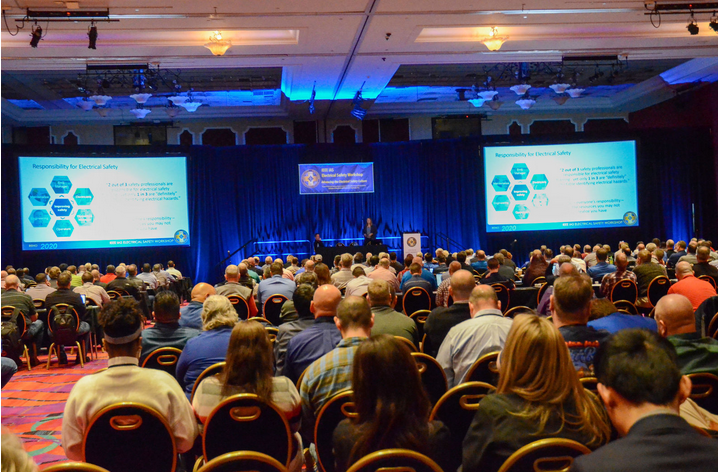Technical Program Abstracts

The ESW 2026 Technical Program will incorporate these papers
Please check back later!
Since its inception in 1992, the ESW has established itself as the industry’s premier electrical safety conference. We look forward to seeing you at the next ESW!
Your support will help us provide a quality social experience for the participants by supporting socials, meals, and refreshment breaks. Become an ESW Supporter today.
As a first time attendee, you will find yourself in the company of people who share a passion for advancing the state of the art in electrical safety. Learn More.
Get the details on how attending an ESW technical sessions can give you credits towards your continued education development. Learn More.

